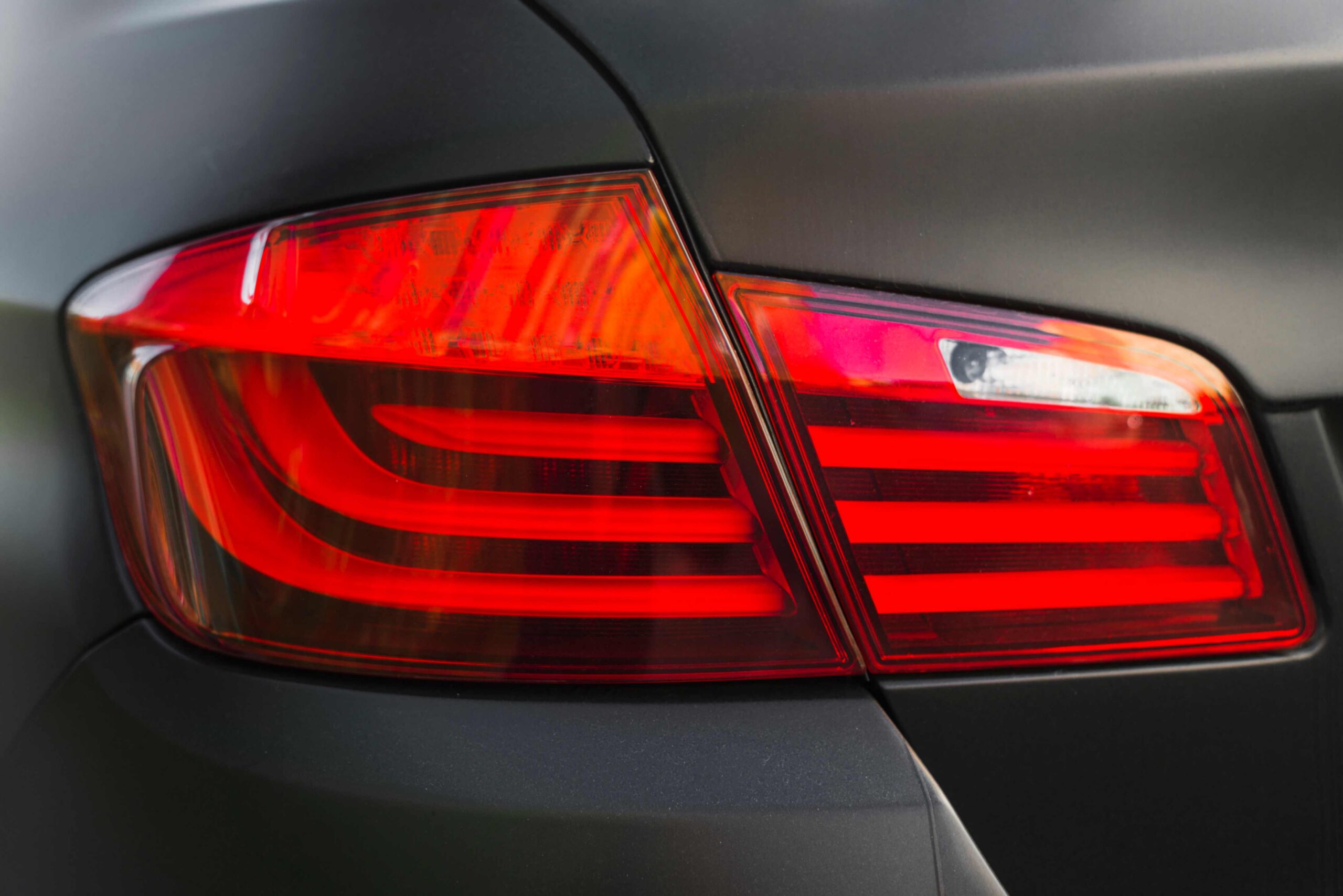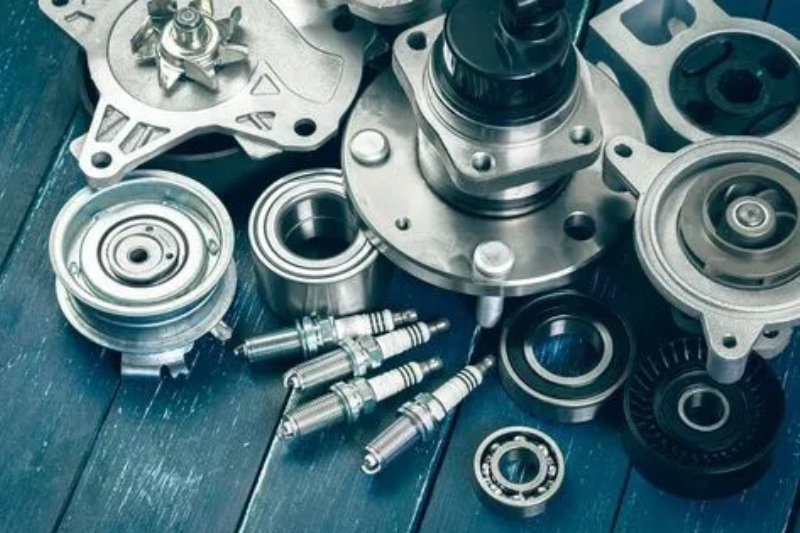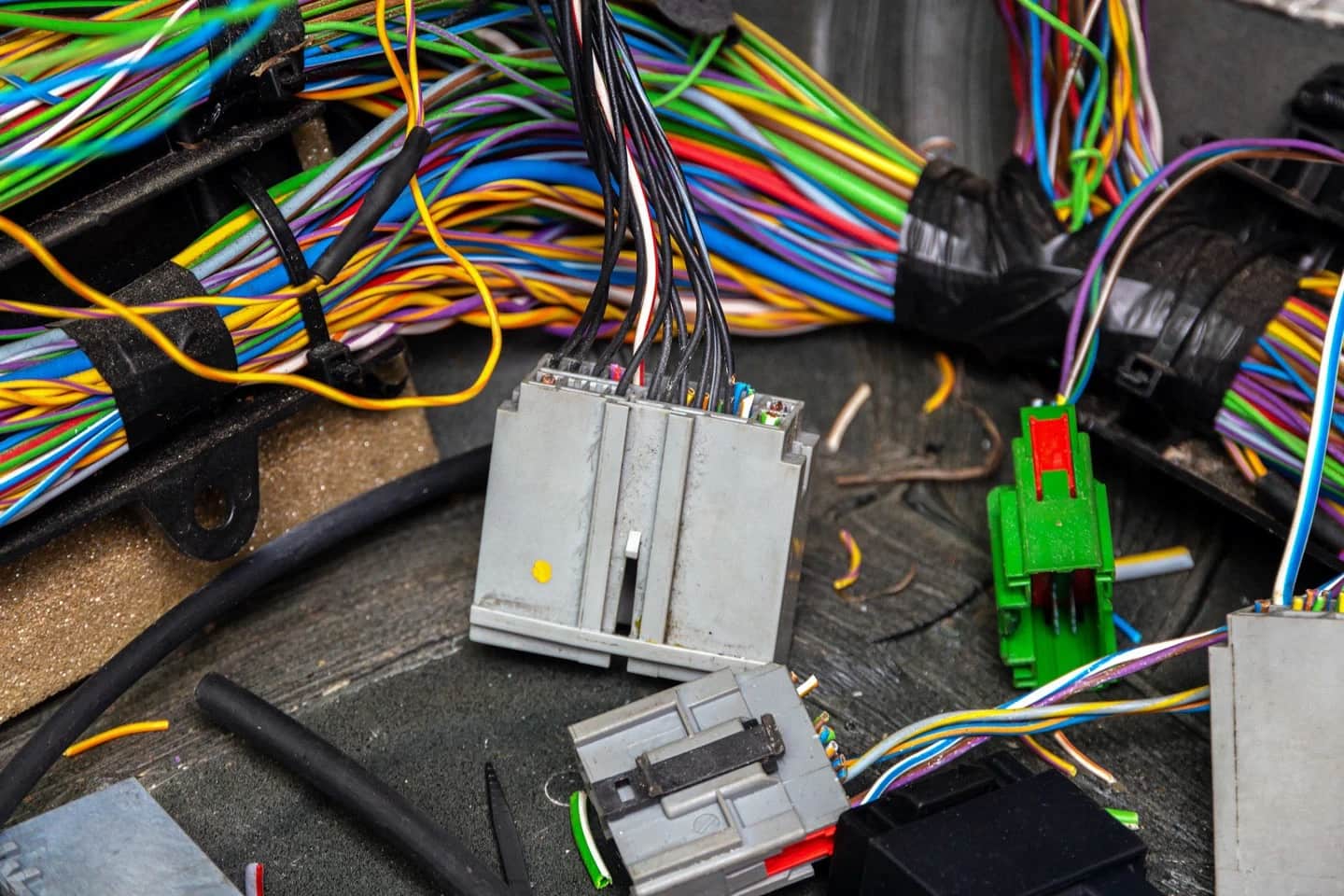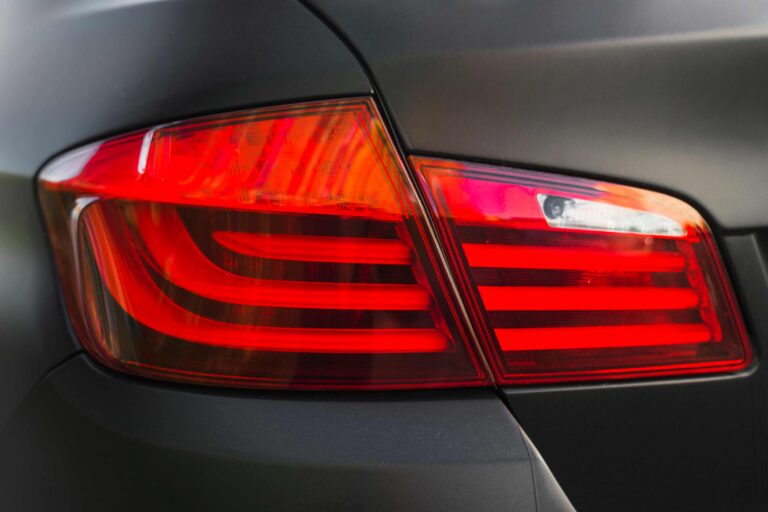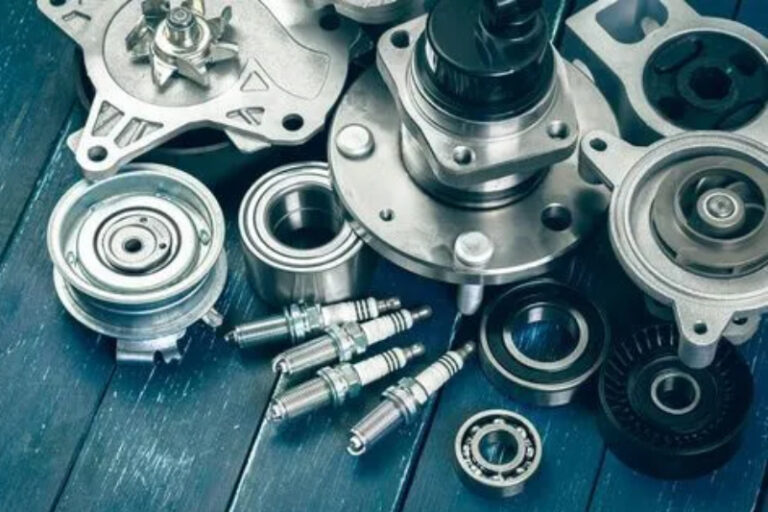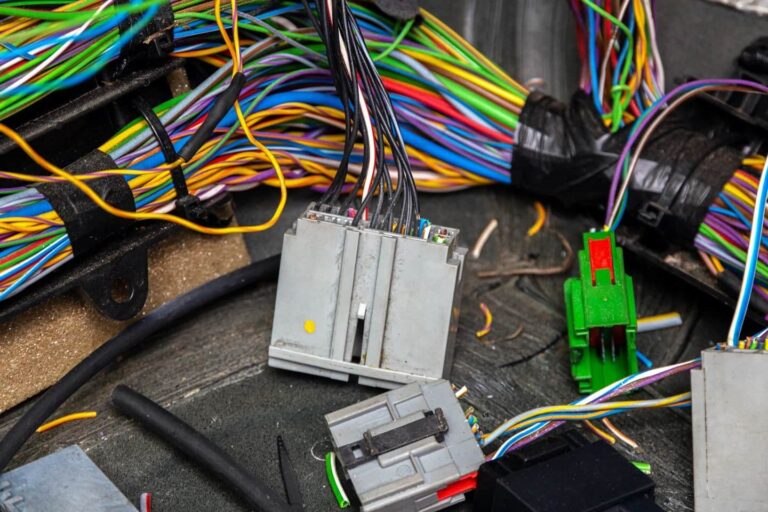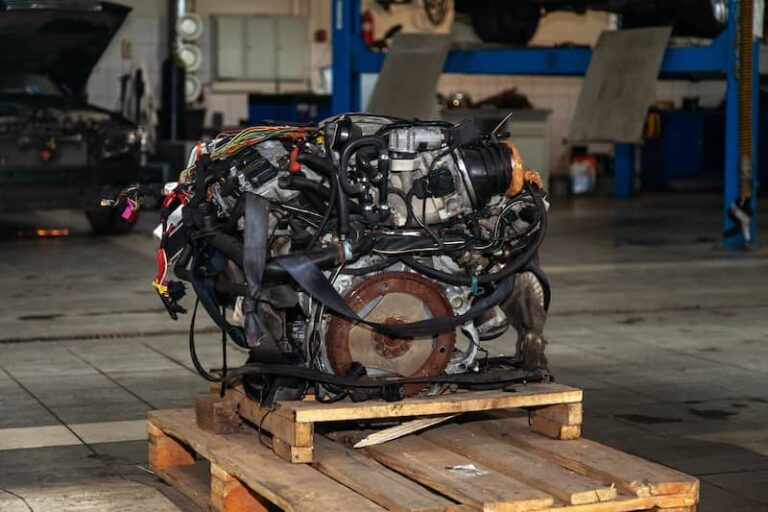Modern vehicles are equipped with smart systems that alert drivers when maintenance is required or a malfunction is about to occur. Yet, having a basic understanding of key car components remains essential. Among these, the cooling car fan plays a vital role in maintaining the right engine temperature and ensuring smooth performance. This guide explains the importance, functioning, and different types of cooling fans used in cars today.
Importance of Electric Radiator Fan

Cooling car fans are integral to the proper functioning of a vehicle. They are mainly used in vehicles with water-cooled engines to ensure the engine operates efficiently and safely. When your car is idle or moving at low speeds, the cooling fan maintains adequate airflow to help the radiator dissipate excess heat.
The primary function of a cooling fan system is to move air through the radiator and remove the heat absorbed by the coolant. Without it, the engine could quickly overheat, leading to serious damage or even engine failure.
An internal combustion engine works best at a moderately high temperature. When cold, engine parts wear out faster, fuel efficiency drops, and emissions increase. Cooling fans help the engine reach optimal temperature quickly and keep it stable once achieved.
The efficiency of cooling fans is often measured in CFM (Cubic Feet per Minute) – the higher the CFM rating, the more powerful the fan. Cooling fans are made from various materials, including metal and thermoplastic, with the latter being lighter and more common in modern vehicles.
Working of Cooling Fans

When a car engine operates, it generates significant heat. If this heat isn’t properly managed, it can cause the engine to seize or overheat severely. The coolant circulates through the engine, absorbing heat and carrying it to the radiator. Inside the radiator, this heat must be released into the surrounding air – and that’s where the cooling fan comes in.
The cooling fan maintains consistent airflow over the radiator, assisting the coolant in lowering its temperature before circulating back into the engine.
Mechanical fans are powered directly by the engine via a belt or pulley system. They use a temperature-sensitive clutch that engages or disengages based on engine heat. When the temperature rises, the clutch expands, activating the fan. As it cools, the clutch contracts, slowing or stopping the fan to save power.
On the other hand, electric cooling fans operate through an electric motor that is controlled by temperature sensors. These fans automatically switch on or off at predetermined temperature levels, ensuring optimal efficiency. Since they run independently of the engine’s speed, they provide consistent airflow regardless of driving conditions.
Types of Cooling Car Fans
● Mechanical Fan for Car
Mechanical cooling fans are engine-driven and typically mounted on the water pump pulley. They are common in older vehicles and larger engines. Two main types exist:
- Clutch-based fans: These use a thermostatic clutch that engages based on temperature.
- Flex fans: These have flexible blades that flatten as the engine speed increases, reducing drag and saving energy.

Mechanical fans are durable and capable of moving a large volume of air, but they are bulky and consume engine power. Due to their size, they are rarely found in compact or modern vehicles.
● Single Cooling Car Fan
A single cooling fan uses one fan assembly to push or pull air through the radiator. This configuration is sufficient for smaller engines or vehicles that don’t require heavy-duty cooling. It’s simple, cost-effective, and reliable for average driving conditions.

● Dual Cooling Car Fan
A dual cooling fan setup involves two fans mounted side by side. They work together to increase airflow and improve cooling efficiency, especially in high-performance or large engines. The additional fan ensures faster heat dissipation and supports higher CFM ratings, which are essential for vehicles with greater heat output.

● Universal Car Cooling Fan
Universal fans are versatile and compatible with various vehicle models. They are popular among car enthusiasts and mechanics who wish to upgrade or replace their existing cooling systems. Universal fans can be mounted as either pushers (in front of the radiator) or pullers (behind the radiator), depending on the design and cooling requirements.

● Electric Cooling Fans for Cars
Electric cooling fans are the most common in modern vehicles. Instead of being powered by the engine, they draw power from a DC motor connected to the vehicle’s electrical system. A built-in relay activates the fan based on temperature sensor readings, while a fuse protects the circuit from electrical surges.

Electric fans offer several advantages:
- They only operate when needed, conserving energy.
- Their compact design saves engine space.
- They maintain consistent airflow regardless of engine speed.
These fans improve cooling efficiency, fuel economy, and overall performance, making them ideal for today’s electronically controlled engines.
Maintenance Tips for Cooling Fans
- Regularly inspect fan blades for cracks or damage, as even small deformities can affect airflow.
- Clean debris from around the radiator and fan assembly to maintain proper air circulation.
- Check electrical connections and relays in electric fans to prevent short circuits.
- Monitor the temperature gauge – frequent overheating may indicate fan or sensor issues.
- Replace worn clutches in mechanical fans to ensure smooth engagement when needed.
Proper maintenance ensures your cooling fan operates efficiently and prolongs the life of your engine.
Final Thoughts
The cooling car fan is a crucial yet often overlooked component of your vehicle’s cooling system. It ensures that your engine maintains the right temperature for optimal performance, fuel efficiency, and longevity. Whether it’s a mechanical, single, dual, or electric fan, each type has its unique role in keeping your car running smoothly.
By understanding how cooling fans work and maintaining them properly, you can prevent costly engine damage and enjoy a safer, more reliable driving experience.
Frequently Asked Questions (FAQs)
A faulty fuse, damaged relay, broken wire, or defective temperature sensor are the most common causes. Sometimes, the fan motor itself may fail due to wear and tear.
A malfunctioning temperature sensor, faulty wiring, or a problem in the electronic control unit (ECU) can cause the fan to run continuously, even when the engine is cool.
Loud fans often indicate bent blades, worn bearings, or imbalance in the spinning assembly. Dirt buildup or debris trapped in the fan housing can also cause noise.
If your car overheats frequently, you notice loud or irregular fan noises, or the fan fails to turn on when the engine temperature rises, it’s time for an inspection or replacement.
Yes, for most modern vehicles. Electric fans are more efficient, compact, and provide better temperature control since they aren’t dependent on engine speed.


